
JHELUM, or JEIILAM (Hydaspes of the Greeks), a river of northern India. It is the most westerly of the “ five rivers “ of the Punjab. It rises in the north-east of the Kashmir state, flows through the city of Srinagar and the Wular lake, issues through the Pir Panjal range by the narrow pass of Baramula, and enters British territory in the Jhelum district. Thence it flows through the plains of the Punjab, forming the boundary between the Jech Doab and the Sind Sagar Doab, and finally joins the Chenab at Timmu after a course of 450 miles. The Jhelum colony, in the Shahpur district of the Punjab, formed on the example of the Chenab colony in 1901, iS designed to contain a total irrigable area of 1,130,000 acres. The Jhelum canal is a smaller work than the Chenab canal, but its silt is noted for its fertilizing qualities. Both projects have brought great prosperity to the cultivators. JHELUM, or JEHLAM, a town and district of British India (Now India and Pakistan), in the Rawalpindi division of the Punjab. The town is situated on the right bank of the river Jhelum, here crossed by a bridge of the North-Western railway, 103 m. N. of Lahore. Pop. (1901), 14,95I. It is a modern town with river and railway trade (principally in timber from Kashmir), boat-building and cantonments for a cavalry and four infantry regiments
The DISTRICT OF JHELUM stretches from the river Jhelum almost to the Indus. Area, 2813 sq. m. Pop. (1901), 501,424, showing a decrease of 2 % in the decade. Salt is quarrie.d at the Mayo mine in the Salt Range. There are two coal-mines, the only ones worked in the province, from which the North-Western railway obtains part of its supply of coal. The chief centre of the salt trade is Pind Dadan Khan (pop. 13,770). The district is crossed by the main line of the North-Western railway, and also traversed along the south by a branch line. The river Jhelum is navigable throughout the district, which forms the south-eastern portion of a rugged Himalayan spur, extending between the Indus and Jhelum to the borders of the Sind Sagar Doab. Its scenery is very picturesque, although not of so wild a character as the mountain region of Rawalpindi to the north, and is lighted up in places by smiling patches of cultivated valley.
The backbone of the district is formed by the Salt Range, a treble line of parallel hills running in three long forks from east to west throughout its whole breadth. The range rises in bold precipices, broken by gorges, clothed with brushwood and traversed by streams which are at first pure, but soon become impregnated with the saline matter over which they pass. Between the line of hills lies a picturesque table-land, in which the beautiful little lake of Kallar Kahar nestles amongst the minor ridges. North of the Salt Range, the country extends upwards in an elevated plateau, diversified by countless ravines and fissures, until it loses itself in tangled masses of Rawalpindi mountains.
In this rugged tract cultivation is rare and difficult, the soil being choked with saline matter. At the foot of the Salt Range, however, a small strip of level soil lies along the banks of the Jhelum, and is thickly dotted with prosperous villages. The drainage of the district is determined by a low central watershed running north and south at right angles to the Salt Range. The waters of the western portion find their way into the Sohan, and finally into the Indus; those of the opposite slope collect themselves into small torrents, and empty themselves into the Jhelum
The history of the district dates back to the semi-mythical period of the Mahabhdrata. Hindu tradition represents the Salt Range as the refuge of the five Pandava brethren during the period of their exile, and every salient point in its scenery is connected with some legend of the national heroes. Modern research has fixed the site of the conflict between Alexander and Porus as within Jhelum district. After this event, we have little information with regard to the condition of the district until the Mahommedan conquest brought back literature and history to Upper India. The Janjuahs and Jats, who now hold the Salt Range and its northern plateau respectively, appear to have been the earliest inhabitants.
The Ghakkars seem to represent an early wave of conquest from the east, and they still inhabit the whole eastern slope of the district; while the Awans, who now cluster in the western plain, are apparently later invaders from the opposite quarter. The Ghakkars were the dominant race ‘at the period of the first Mahommedan incursions, and long continued to retain their independence.
During the flourishing period of the Mogul dynasty, the Ghakkar chieftains were prosperous and loyal vassals of the house of Baber; but after the collapse of the Delhi Empire Jhelum fell, like its neighbours, under the sway of the Sikhs. In 1765 Gujar Singh defeated the last independent Ghakkar prince, and reduced the wild mountaineers to subjection. His son succeeded to his dominions, until 1810, when he fell before the irresistible power of Ranjit Singh. In 1849 the district passed, with the rest of the Sikh territories, into the hands of the British.
The British, after annexation of Punjab in 1949 from Sikhs, established administration at district level and Jhelum District, which originally was covering large area inclusive of Pindigheb and territory upto River Indus, was delimited later to include sub-districts (Tehsils) of Jhelum, Chakwal and Pind Dadan Khan, with District Head Quarters shifting from P.D. Khan to Jhelum.
During World War I, Jhelum provided maximum number of Soldiers as a result of which the British recruited very extensively from Jhelum, till their last days of rule. First Victoria Cross, the highest award for gallantry was earned by Subedar Khuda Dad Khan during World War I. Later its equivalent (Nishan-e-Haider) of Pakistan has been won by Major (Shaheed) Muhammad Akram during our war of 1971.

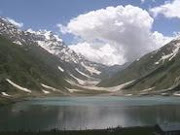




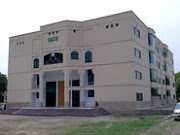
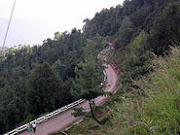




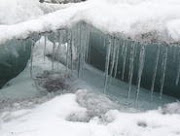
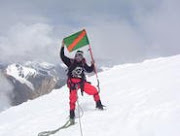
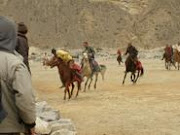
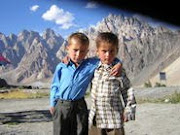
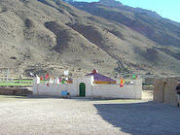
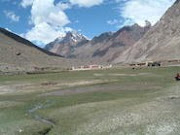






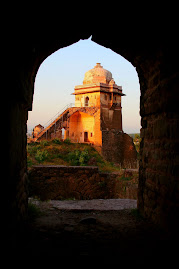
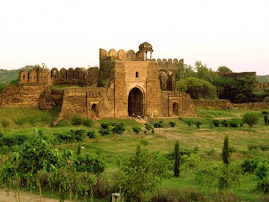
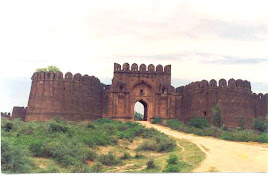



wow ....fahdi u give us a great piece of information abut JHELUM ...keep it up
ReplyDeletefahad it's very interesting!!!
ReplyDeleteu hv initiated a good thought to promote the history & information of those cities of Pakistan that had not got sufficient importance in the minds of Pakistan.
If u feel any difficulty while findding information regarding any city, I'll help u out. inshallah.
fadiiiiiii it's very interesting!!!
ReplyDeleteu hv initiated a good thought to promote the history & information of those cities of Pakistan that had not got sufficient importance in the minds of Pakistan.
If u feel any difficulty while findding information regarding any city, I'll help u out. inshallah.
HMMMMMMMMMMMMMMMMM NOT BAD G HAHAHAHAHA KEEP SMILING WITH UR CITIES OF PAKISTAN AGAR PAK MAY MAIN MILI TO DUE MAY AUR MUJH SE HANS K ZAROOR MILNA ACHA NA
ReplyDeletebecause main phopho k saath Iraq aur iran Hajj jo karne ja rai hoon plz dear pray 4 me aap k liye b main dua karungi ok na
ReplyDeleteSorry i was just kidding Realy u make Such a nice blog & its realy an intresting & informative 4 us this is a benefit 4 us without using taxi or any conveyence we visit all around the cities of pakistan keep it up may GOD helps u in every field of ur life amen g
ReplyDeleteHAY KEEEEEEEEEP SMILING OK NA
ReplyDeleteFahad it's a very good step towards promoting Pakistan. Currently, it will help us to improve the image of Pakistan in the world.
ReplyDeleteFahad it's a very good step towards promoting Pakistan. Currently, it will help us to improve the image of Pakistan in the world.
ReplyDeleteRegards
M. Usman Ali
these are very famous places of jhelum.
ReplyDeletethere are many more places in jhelum that you can also show in the pictures
i'll be looking forward to those as well.
these can be the great institutions from where we'll have studied & the places across the river jhelum
Appriciation to your thought again
Long live Pakistan
Regards
Dani
fahad now what would be the next city about which you will tell us?
ReplyDelete& if you can also include some information regarding the ways how we can travel to those cities would be a great help to all of us.
AOA
ReplyDeleteFadi where r u busy
i think u are having too much burden of studies but you sholud also try to contineu your effort to provide information about other cities of Pakistan.
i'm very excited about the information you'll provide about vehari.
regards
M. Usman Ali
hi fahad
ReplyDeleteu r doing great job to aware the people abt cities of gilgit. pakistan is great country having different culture and it one city is totally different 4rm from the other...
regards
irfan khan
hello fahad yar well done you are doing perfect. by providing us a lot of information about the different cities of pakistan.good yar keep it up.
ReplyDeleteGood fadi bhai keep it up....... all the best bhai
ReplyDelete